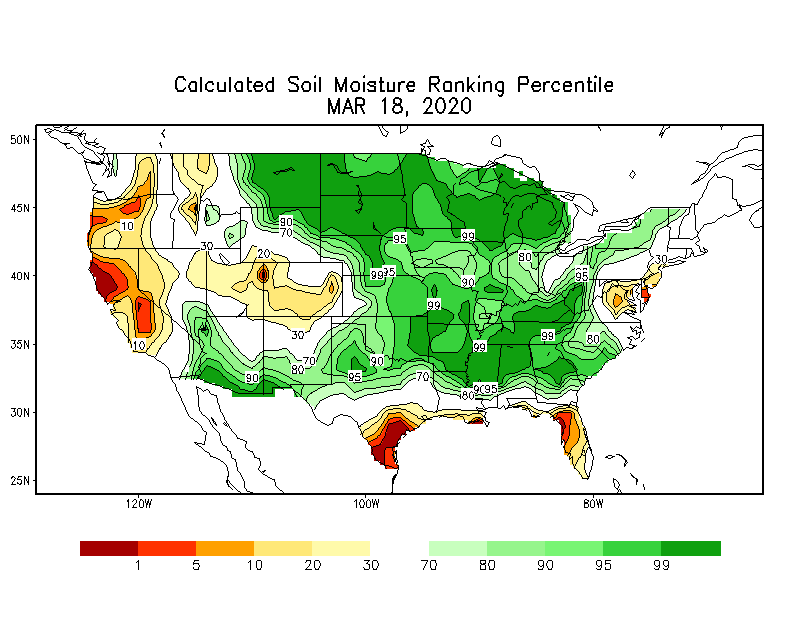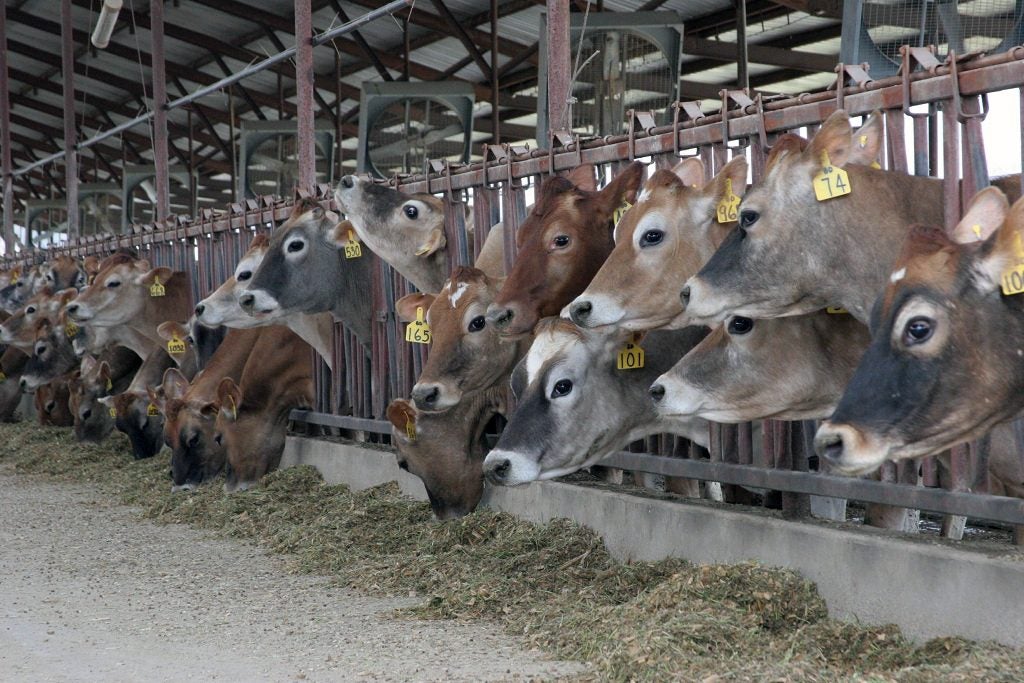Highlight: EDF’s Maggie Monast testified at a hearing of the House Select Committee on the Climate Crisis, “Creating a Climate Resilient America: Strengthening the U.S. Financial System and Expanding Economic Opportunity.” Watch here.
It’s becoming impossible to ignore the risks that climate change poses to financial markets, including those that support U.S. agriculture.
Increased temperatures and more frequent droughts and extreme precipitation events threaten crop productivity across the nation. In 2020 alone, we have seen ample evidence of these impacts, including destructive storms in the Midwest, hurricanes along our coasts, and wildfires and smoke in the West.
These physical risks of climate change create risks to the U.S. financial system, which was the topic of last week’s hearing held by the House Select Committee on the Climate Crisis, entitled “Creating a Climate Resilient America: Strengthening the U.S. Financial System and Expanding Economic Opportunity.”
I testified to the committee on climate risks to the agriculture finance system — and opportunities to build resilience. Read More »












